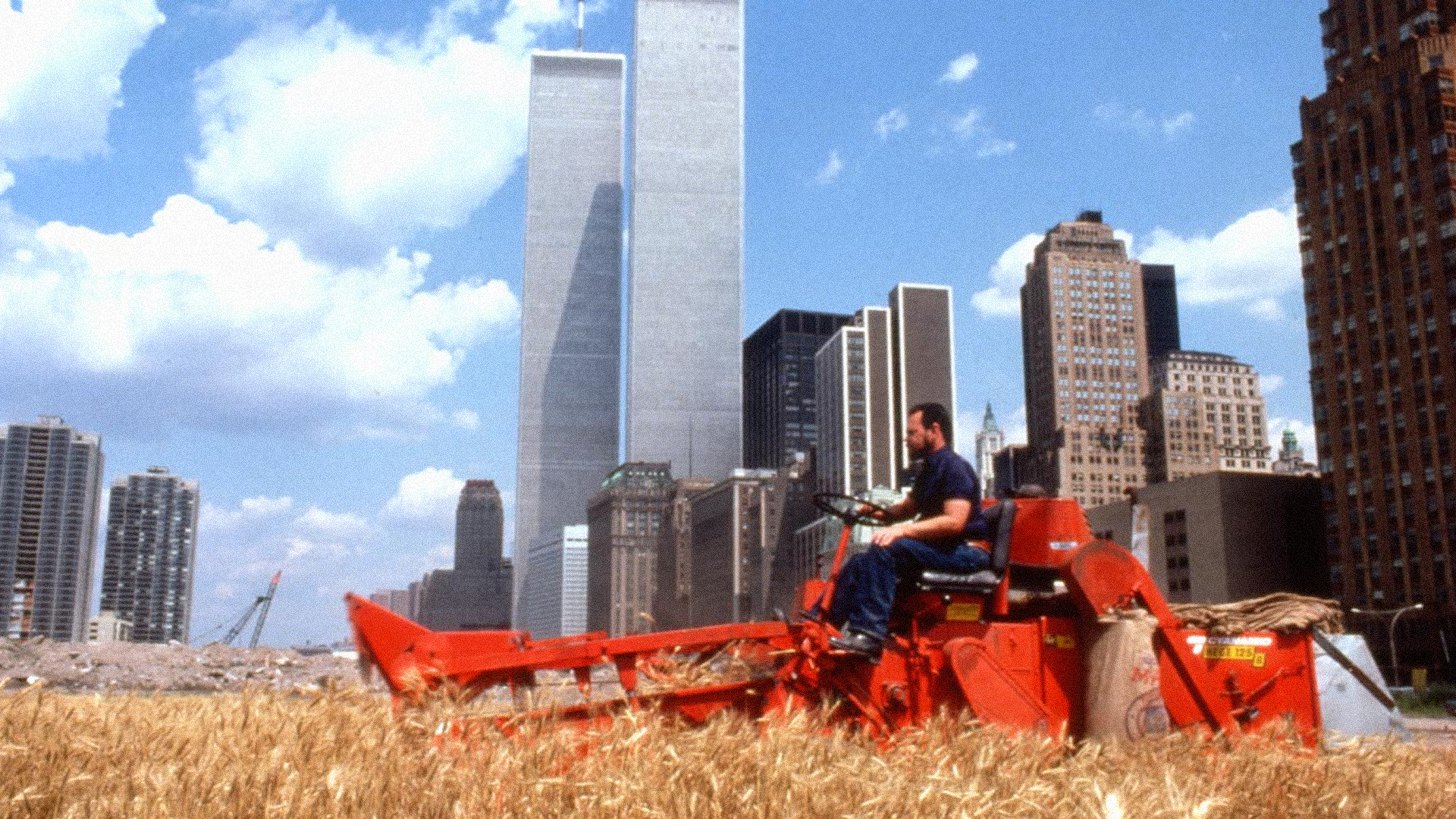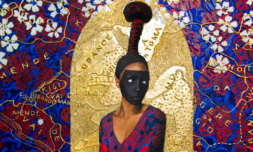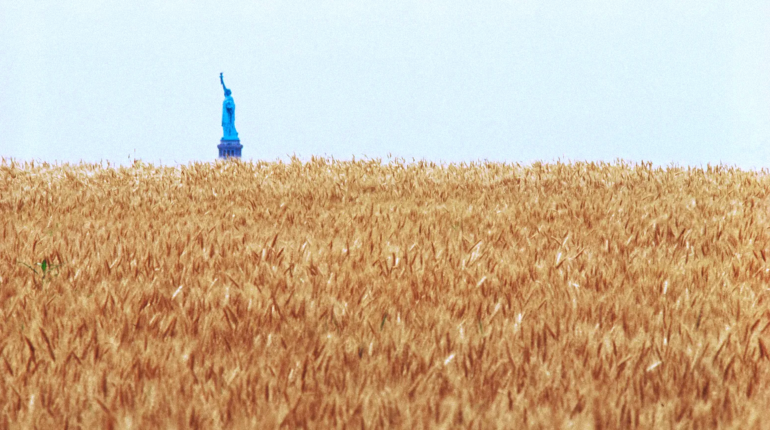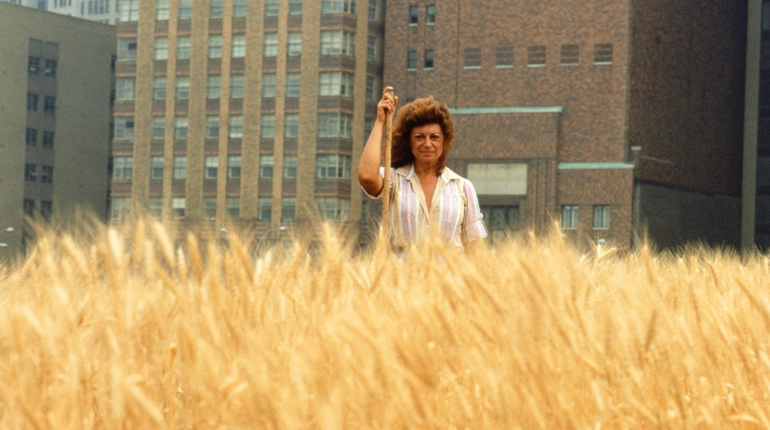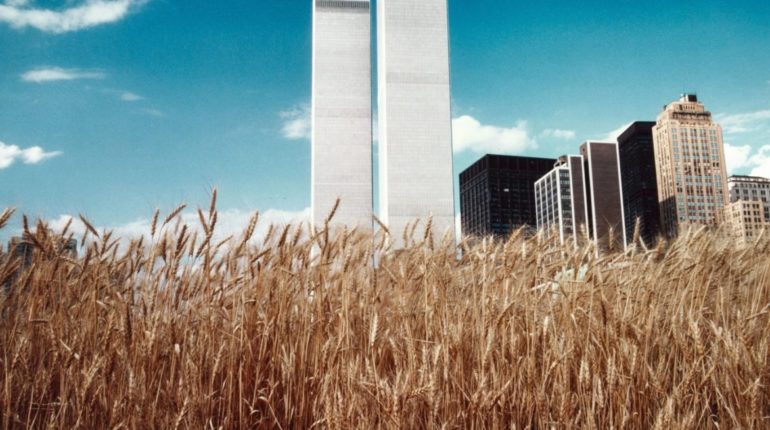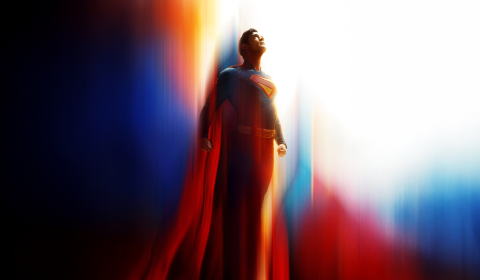In the 1980s, Artist Agnes Denes created a wheat field in central New York, protesting the imbalance of wealth, global warming, and the patriarchy. In the midst of this unprecedented heatwave, her work feels more relevant than ever.
The idea of creating a two-acre large wheat field in central Manhattan probably sounds like ludicrous fantasy in 2022, yet artist Agnes Denes did just that forty years ago.
Titled ‘Wheatfield – A Confrontation’, Denes planted and harvested huge amounts of wheat in the very heart of New York in 1982, growing crops over land that was worth $4.5 billion at the time. It was intended as a free-flowing art installation, a work deliberately existing outside of conventional spaces and institutions.
The resulting produce four months later was a striking contrast to the urban metropolis backdrop, encouraging us to ask questions about our eternal push for human progress.
In fact, the stunt was conceived specifically to challenge the patriarchy of modern city living, and to demonstrate how far-removed from the natural world we had become.
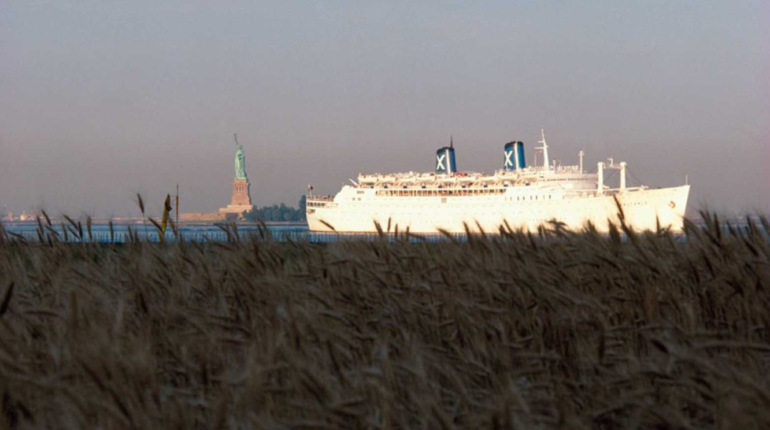
No longer were we prioritising a balanced, sustainable way of living that respected the natural formations of our land, instead pushing for maximalist, overbearing urban development that ultimately benefited the rich over the wider population.
Denes’ stunt was unconventional and surreal even back then. Four decades later, after exponential growth and increased financial division, it has simply become an impossibility.









